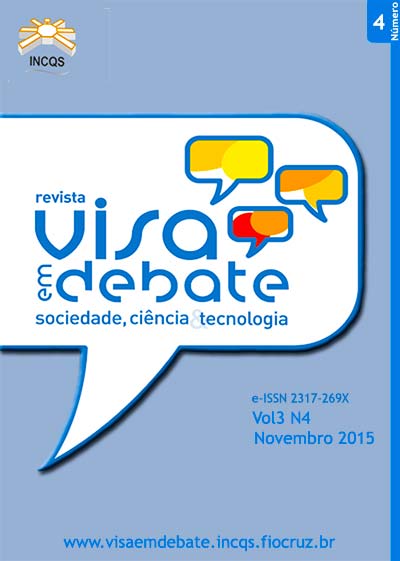Sanitary conditions and associated factors of school canteens in the Federal District, Brazil
DOI:
https://doi.org/10.3395/2317-269x.00317Keywords:
Food Hygiene, School Meals, Food SafetyAbstract
The aim of this study was to survey the health conditions of school canteens in the Federal District, Brazil and identify possible matches between their sanitation profile and other characteristics. This included type of school, canteen manager’s educational level, and management system. We observed a few nutritionists, employees, and qualified technical personnel in charge in most of the 182 canteens that we visited. In 80% of the canteens, the sanitation and hygiene conditions were considered “inadequate” and only 8% were considered “good” or “very good.” Of all the inspection items, potable water supply had the highest compliance rate (98.4%); however, safe food handling practices had the lowest compliance rate (2.7%). Among the other observed items, canteens in private schools, management system, canteen manager’s educational level, employee training, and the presence of a nutritionist were positively associated (p < 0.05) with the best hygiene conditions. Overall, we observed that the sanitation/hygiene inspection performance of canteens in the Federal District, particularly in public schools, is critical to the health of students. It is our hope that the government and school communities implement cooperative actions to raise the sanitation/hygiene levels at school canteens.
Downloads
Downloads
Additional Files
Published
Issue
Section
License
Copyright (c) 2015 Health Surveillance under Debate: Society, Science & Technology (Vigilância Sanitária em Debate: Sociedade, Ciência & Tecnología) – “Visa em Debate”

This work is licensed under a Creative Commons Attribution-NonCommercial-NoDerivatives 4.0 International License.
COPYRIGHT ALLOWANCE The author (s) hereinafter designated as the ASSIGNOR hereby assign and transfer, free of charge, the ownership of the copyrights related to this ARTICLE to the Vigilância Sanitária em Debate: Sociedade, Ciência & Tecnologia (Health Surveillance under Debate: Society, Science & Technology) – Visa em Debate, represented by FUNDAÇÃO OSWALDO CRUZ, established at Av. Brasil, nº 4365, Manguinhos, Rio de Janeiro, RJ, Brazil, CEP 21045-900, under the conditions set out below: (a) The terms and conditions set forth in this Agreement shall apply to the following: 1. The ASSIGNOR declares that they s(he) is (are) the author (s) and owner (s) of the copyrighted property of the ARTICLE submitted. 2. The ASSIGNOR declares that the ARTICLE does not infringe the copyrights and / or other property rights of third parties, that the disclosure of images (if any) has been authorized and that they s(he) assume(s) full moral and / or property liability for its content, before third parties. 3. THE ASSIGNOR assigns and transfers all copyrights relating to the ARTICLE to the ASSIGNEE, especially the rights of editing, publication, translation into another language and reproduction by any process or technique. The ASSIGNEE becomes the exclusive owner of the rights related to the ARTICLE, and any reproduction, totally or partially, is prohibited in any other means of publicity, printed or electronic, without prior written authorization from the ASSIGNEE. 4. The assignment is free and, therefore, there will be no remuneration for the use of the ARTICLE by the ASSIGNEE.






